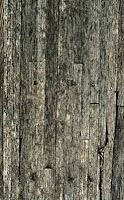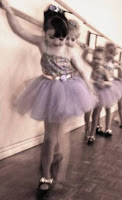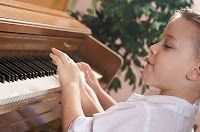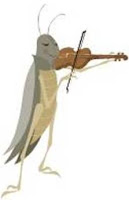Thanks to Kris Snyder for pointing out the need to remind people about the potential danger to your harp lurking in your home…dryness.
She has some great hints including checking the humidity inside your house…it might feel really good to you, your hair might look great, but even if you’re not getting shocked every time you touch something that doesn’t mean your house has a high enough humidity to keep your harp happy.
And by happy I mean that it will stay more in tune and more importantly you’re not stressing the wood to the point that it might break.
Very early in my harp career (before it was even a harp career at all!) Kris gave me the sage advice to treat my harp like a baby (like the middle school project of carrying an egg around all the time – but heavier). Never leave it in the car, or in the sun, or in cold or the heat, make sure it has an appropriate humidity level, keep it tuned, and never just stand it up and walk away (or it will fall – mine have proven that more than once).
If you’re concerned about the dryness in the winter – put the lid of a 2 part travel soap keeper upside down on the bottom of your harp (inside the sound box) and place a dampened sponge inside the lid. Check it daily to assure the sponge is damp. This will provide enough local moisture to keep your harp happy – and you won’t be broken up at finding a cracked sound board.






